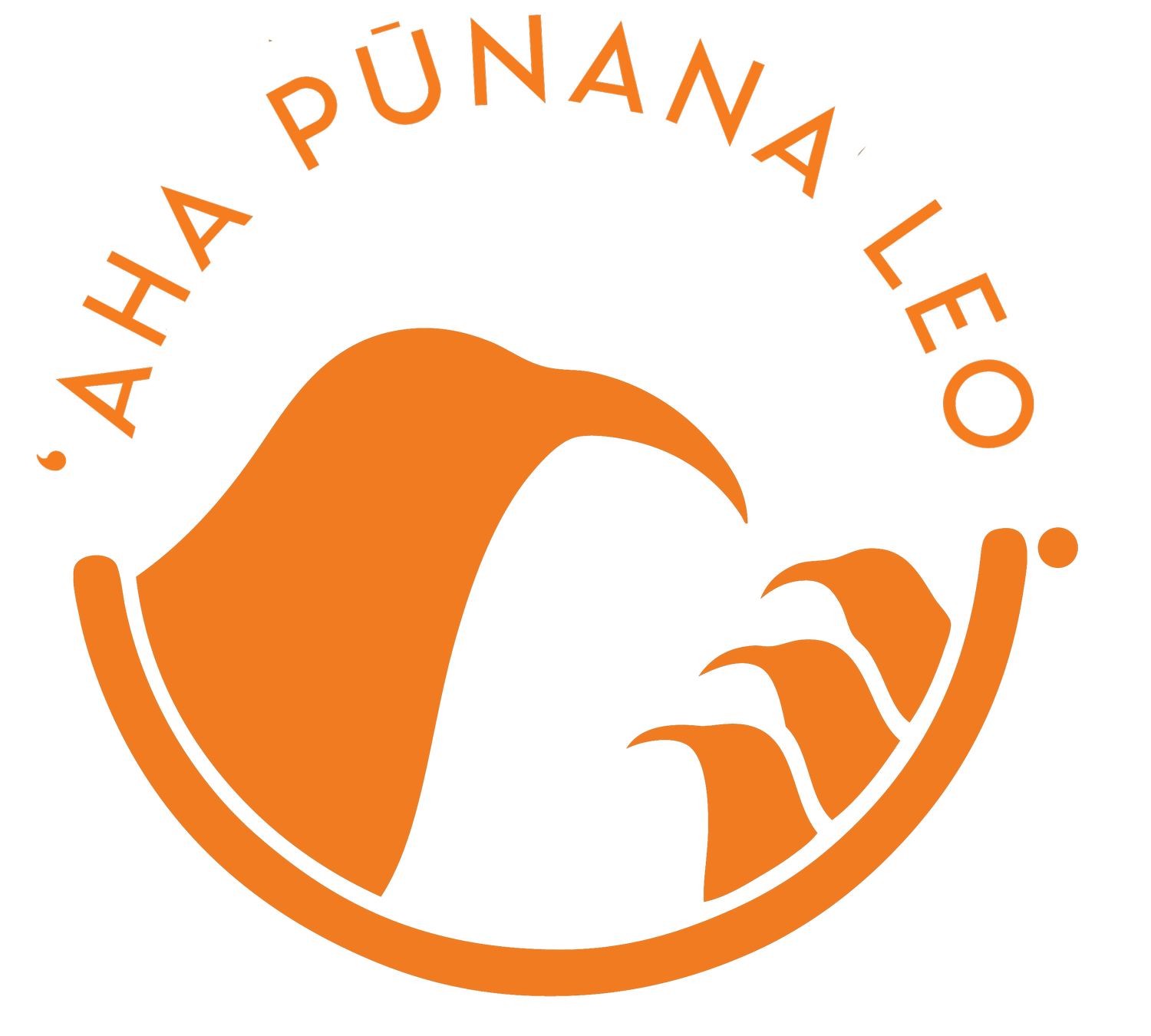A Timeline of Revitalization
1814
ʻŌpūkaha‘ia, a Hawaiian living in New England, writes his own spelling book, grammar, and dictionary for Hawaiian, then an unwritten language. ‘Ōpūkaha‘ia had become a Christian and studied Hebrew and Latin in order to begin his translation of the Bible into Hawaiian. He invites missionaries to join with him to travel back to Hawai‘i. He dies and his books are lost before missionaries leave for Hawai‘i in 1819.
1822
The first printing of the Hawaiian language occurs with eight pages of a spelling book. The writing system is similar to that already used by missionaries in Tahiti.
1822-1824
King Liholiho sends out Hawaiians to teach the new skill of reading into the country districts. Teachers such as Kaomimoe, establish schools based on the model of the traditional Hawaiian hālau hula (hula schools) and Hawaiian traditions of teaching reading and writing through chanted syllables (hakalama) develop even before Hawaiians convert to Christianity.
1826
Missionaries standardize the Hawaiian alphabet into its present form and order to include vowels followed by indigenous consonants and then consonants used in words borrowed from other languages.
1831
Lahainaluna established as a teacher training college taught through Hawaiian. It is the first college west of the Mississippi River and eventually subjects such as trigonometry, anatomy, world geography, Greek and English are taught there through Hawaiian.
1834
First Hawaiian newspaper established. This newspaper, Ka Lama Hawai‘i, was printed at Lahainaluna School. For over 100 years thereafter, Hawaiian language newspapers flourish in Hawai‘i and serve as vehicles for the recording of a huge amount of traditional Hawaiian literature, history, and culture.
1838
Ka Moolelo Hawaii (The Hawaiian History) is produced written primarily by Lahainaluna alumni Malo, Kamakau, Moku, and Hale‘ole.
1839
1839
A full translation of the Bible is completed in Hawaiian. By this time many Hawaiians have converted to Christianity. Christianity practiced through the Hawaiian language while maintaining knowledge of traditional Hawaiian religion becomes a defining feature of subsequent generations of Hawaiians. Within a few decades there are also full Hawaiian translations of the Anglican Book of Common Prayer, Catholic missals, and the Book of Mormon.

